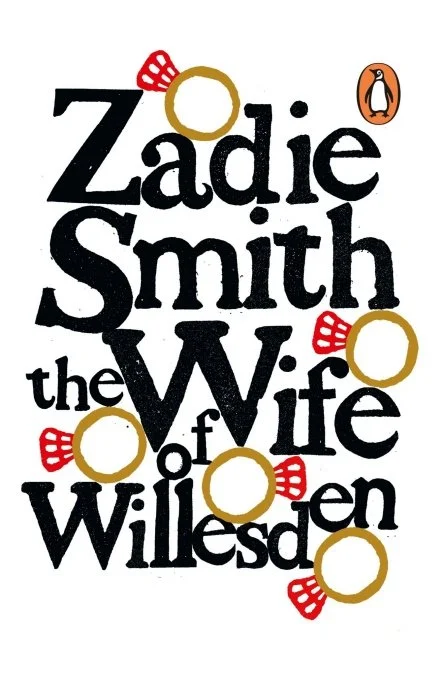Zadie Smith's 'The Wife of Willesden'
A few months ago I caught up with Patience Agbabi’s Telling Tales (2014), a terrific contemporary take on Chaucer. It’s full of life, fun and saltiness: go here for a review. Now comes Zadie Smith’s The Wife of Willesden, which similarly brings 1386 into the 21st century. There is a difference: Agbabi’s book of poetry is entire of itself, whereas The Wife of Willesden is a playscript for a live production, which I haven’t seen (but there are clearly lots of possibilities for a great night out there). Smith takes two of the best-known and liveliest sections of The Canterbury Tales, the Wife of Bath’s Prologue and her subsequent tale (which I read annually to Transition Year pupils), and reshapes them into theatrical form. The Prologue is set in contemporary ‘North Weezian’ London, the Tale in Jamaica in the 1720s, back in the Maroon days of Queen Nanny’.
As Kate Wyver writes in her Guardian review:
With bawdy humour and an ear for gossip, it’s a love letter to her local area set in a pub that is loud, crowded and bustling with life.
You certainly don’t have had to have read Chaucer before enjoying this book, but it’s an additional pleasure seeing how adeptly Smith bounces off the original Middle English.
In her introduction, she writes
I think, when we talk about ‘creativity’, not enough is said about the interesting role that limits, rules and restrictions can play. In this case, the rules of the games were almost absurdly constricting: a medieval text - concerning sexual politics that would seem as distant as the moon - constructed in rhyming couplets from lines of ten syllables each.
But, Smith writes, as she got going this was one of the more delightful writing experiences of my life. It certainly must have been a particular delight as a return to live theatre after the worst months of the pandemic, an experience brilliantly analysed in her short book of essays, Intimations, which I wrote about here.
It’s cheering to see excellent contemporary writers reminding us of the continuing vibrancy of poetic stories written over 600 years ago.
